This post may contain references or links to products from one or more partners of our parent company and/or subsidiaries of our parent company. For more information, visit this page.
Updated February 23, 2022
Looking for the best bamboo flooring options for your home? It’s understandable. Bamboo floors are amazing.
That’s because bamboo offers many of the perks that come with the best hardwood floors (though technically speaking, bamboo is actually a grass)—along with a bundle of other unique benefits.
But: if you’re trying to compare bamboo to just about any other kind of flooring, you’re in for a bit of a pickle. Because there’s a ton of conflicting information out there about bamboo: the different types you can purchase, how it’s constructed, its durability, its installation, and even its level of eco-friendliness (which is popularly thought of as one of its most significant benefits).
That’s why today, we’re going to set the record straight with a deep dive into everything you need to know about bamboo floors.
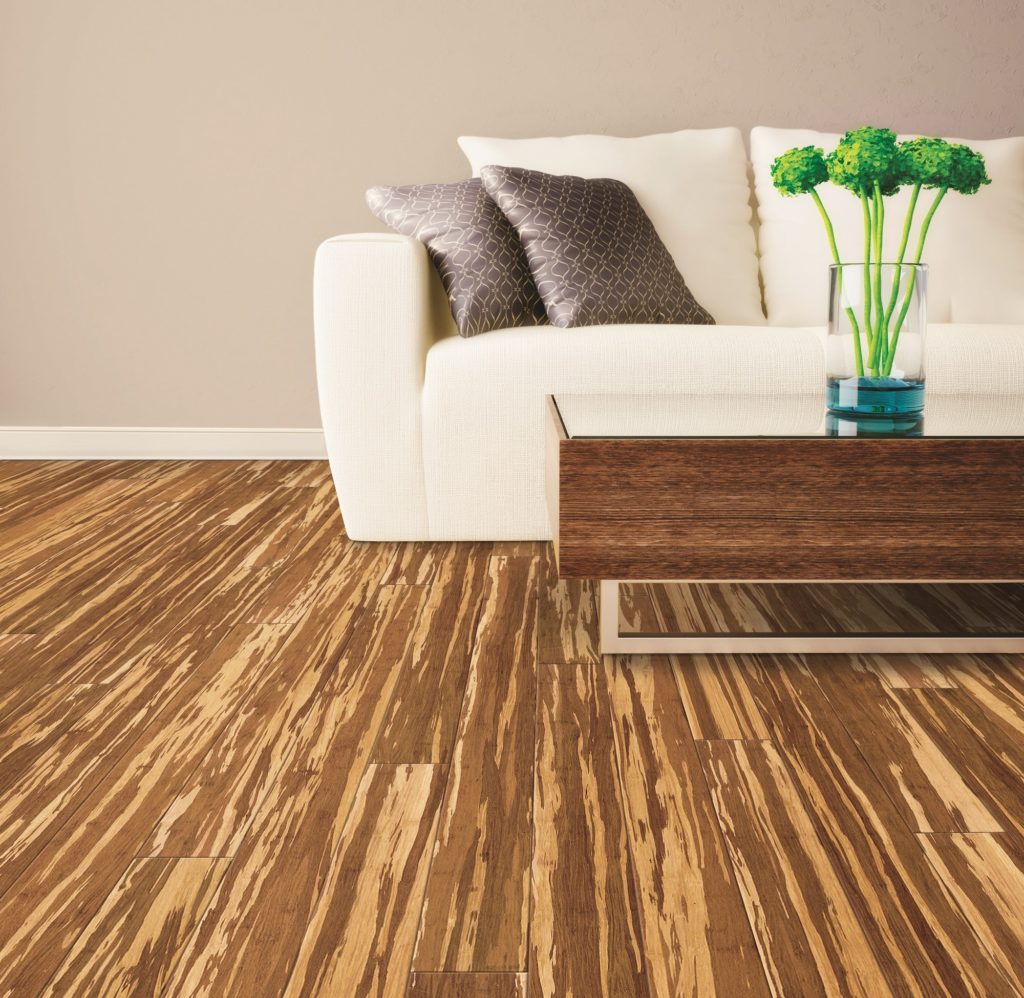
Ok, so what exactly is bamboo flooring?
Bamboo flooring is made from bamboo grass, though it’s commonly thought of as a type of hardwood flooring. That’s because:
- It looks like hardwood.
- It comes in similarly sized planks.
- It can be constructed as either a solid or engineered product.
- It can be stained to achieve a variety of different aesthetics.
For the consumer, bamboo functions exactly the same way hardwood does—just with a different base material.
That, however, is where the similarities end. Whereas a hardwood flooring is simply cut from a single log, each bamboo flooring plank is a composite of several individual bamboo stalks. And the way these planks are constructed depends on the type of bamboo flooring you purchase.
Best Brands of 2024
Types of bamboo flooring
There are three different types of bamboo flooring: horizontal, vertical, and strand-woven. All three of these varieties can be purchased as solid planks (i.e. a single chunk of material) or engineered planks (i.e. bamboo on top of high-performance plywood).
Why would you want engineered bamboo flooring? In a word, durability. The best engineered wood flooring is way more resistant to warping, bending, and moving than solid wood flooring is. Most performance-oriented brands like Proximity Mills only sell engineered bamboo for this exact reason.
Horizontal bamboo flooring
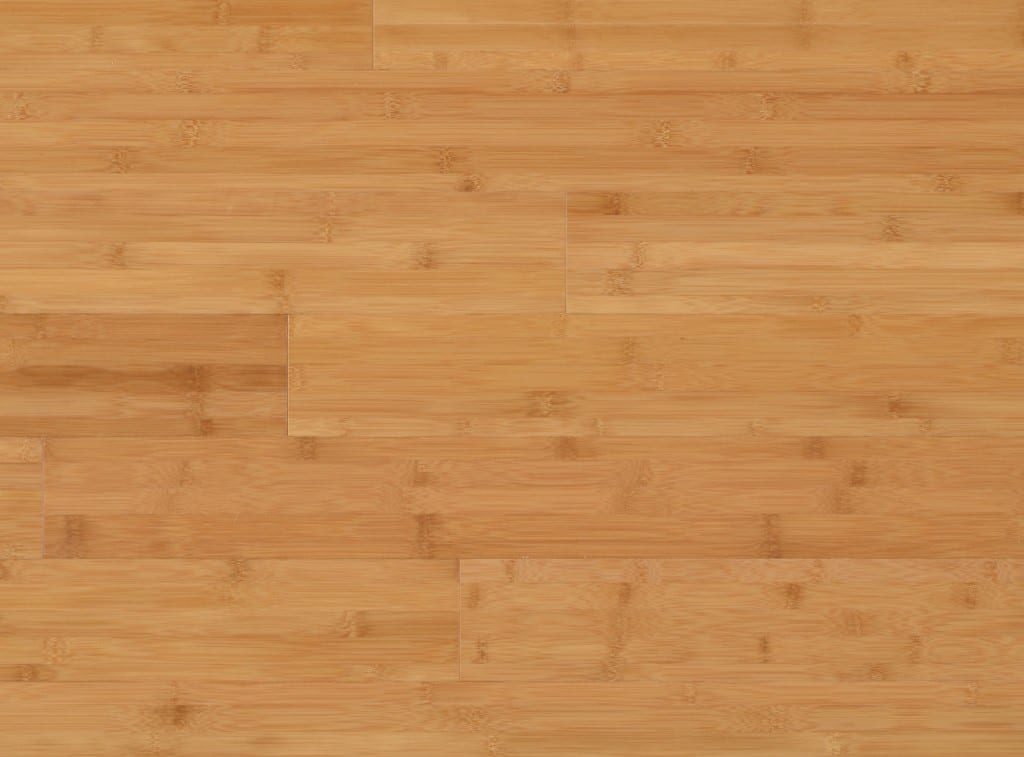
Horizontal bamboo flooring is composed of bamboo strips that are cut, processed, laid on top of each other horizontally, and joined with ultra-strong adhesives into planks (for solid products) or veneers (for engineered products).
When you imagine bamboo flooring, horizontal is probably what you picture. It shows a prominent grain pattern with a knotty visual, similar to what bamboo looks like in its natural form.
Vertical bamboo flooring
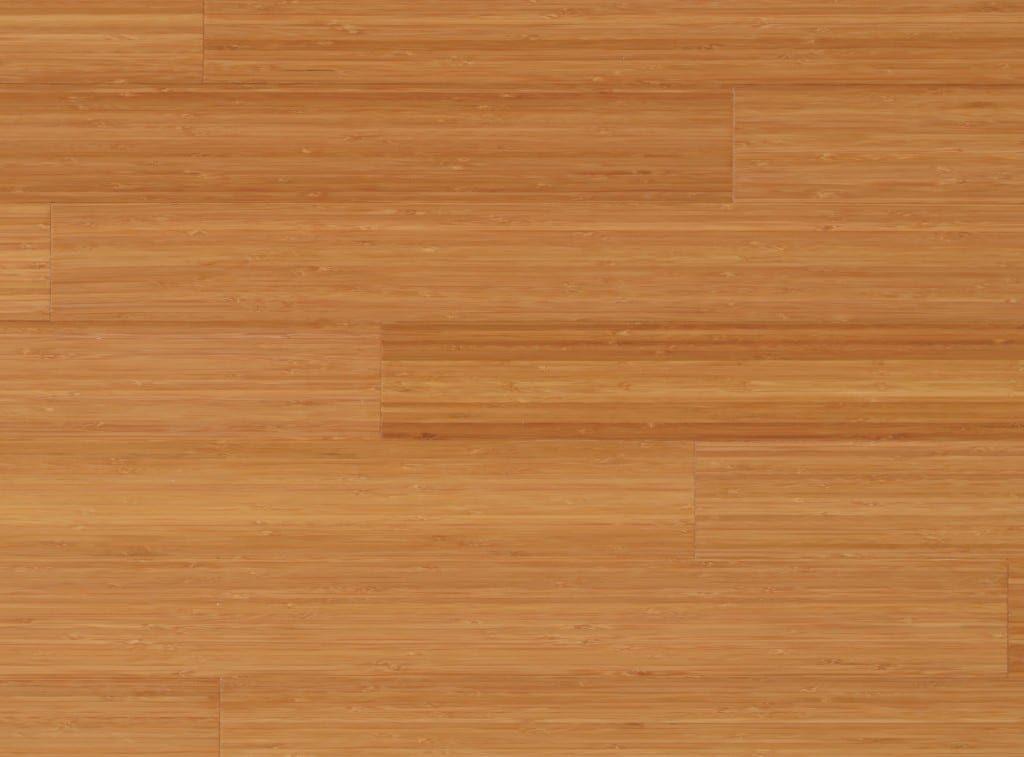
Vertical bamboo flooring is composed in much the same way—but rather than being stacked horizontally after processing, the bamboo strips are perched on top of each other vertically. This gives vertical bamboo flooring a more uniform, streamlined look that’s a bit more reminiscent of wood.
Strand woven bamboo flooring
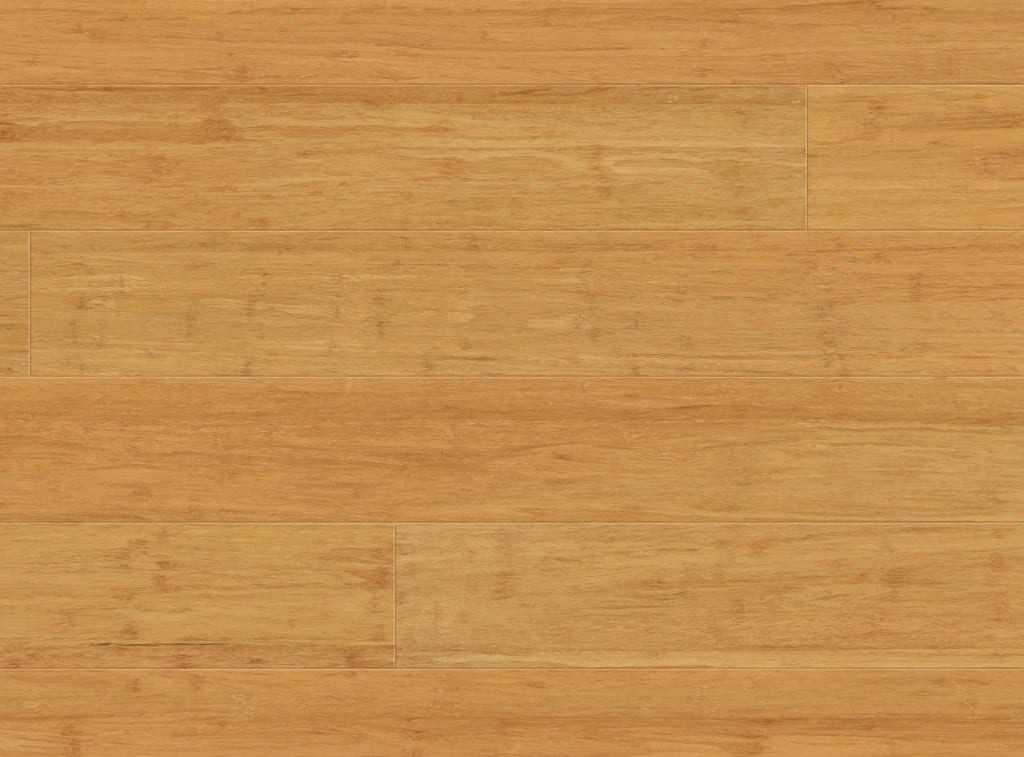
Instead of being cut into strips, strand woven bamboo is processed, shredded into individual fibers, mixed with adhesive, and then pressed into blocks using a mixture of pressure and heat.
Strand woven is by far the hardest type of bamboo flooring, since its bamboo fibers actually interlock. In fact, strand woven bamboo is actually twice as hard as oak when measured on the Janka hardness scale.
Basically, if you’re looking for a super durable flooring option, strand woven bamboo might be the way to go. That said, it will be more expensive than horizontal or vertical options, and its look is a bit less unique.
How durable is bamboo?
While strand woven bamboo is insanely hard, the type of bamboo floor you get isn’t the only thing that’s going to affect its durability. You also have to decide whether you want to get a carbonized or uncarbonized product.
Carbonized bamboo vs. uncarbonized bamboo
It’s the great debate among bamboo flooring enthusiasts. Or it would be, if bamboo flooring enthusiasts were a thing. Either way, carbonization is a big question, since it affects your floor’s finish and durability.
Carbonization is the process of exposing bamboo to high levels of heat and pressure in order to give it a darker, richer color. Carbonized bamboo is beloved for its aesthetics, but it does decrease durability.
Uncarbonized vertical and horizontal bamboo floors are about as hard as oak. And as we mentioned earlier, uncarbonized, strand woven bamboo is about twice as hard as oak.
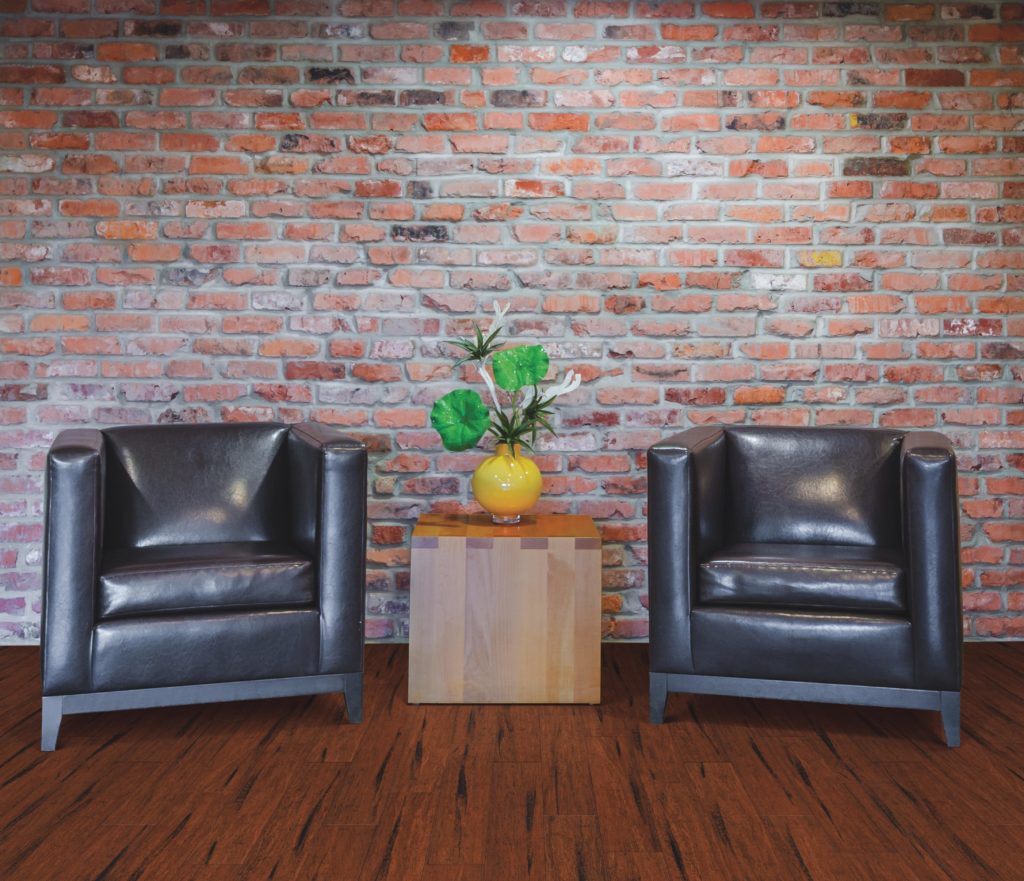
Carbonized products, on the other hand, will almost always be less hard than oak—though the degree to which they’re less hard depends on the individual product.
Can you refinish bamboo floors?
Yes, you can absolutely refinish bamboo flooring!
As we mentioned earlier, bamboo floors can be purchased as either solid or engineered planks. If you’re not familiar with the difference, we’d recommend checking out this handy guide to different kinds of flooring. But like we said before, solid planks are made of a single material throughout. Engineered planks are composed of a thin veneer layer (in this case, bamboo) over a thicker core of plywood or high-density fiberboard.
One isn’t necessarily better than the other; they both have uses they’re more suited to. But it does mean that solid bamboo can essentially be refinished indefinitely, whereas engineered bamboo can only be refinished a finite number of times (depending on the veneer’s thickness). These days, though, super-durable factory finishes have all but erased the need for refinishing entirely.
Is bamboo waterproof?
While bamboo is harder than many other types of floors (and quite resilient to boot), it is not waterproof hardwood flooring by default. Because bamboo is an organic product, it is still susceptible to warping if it gets wet or is exposed to too much moisture. If you’re looking for a waterproof floor, you’d be better off going with something else—probably a synthetic option like waterproof laminate.
Don’t fret; if you love the look of bamboo but want something a bit more heavy-duty, you’re in luck. These days you can easily find vinyl plank flooring that looks almost exactly like bamboo. Seriously—given how advanced synthetic patterns have become, some of the best vinyl plank floors are essentially indistinguishable from the real thing. And many of today’s best laminate flooring brands offer great waterproof qualities as well.
Is it easy to install?
Bamboo flooring installs exactly like hardwood flooring. Some products will need to be nailed or glued to a subfloor. Others will come in a click-together configuration. It all depends on the specific floor you choose.
Whatever you decide on, though, we would definitely recommend having a professional do the installation; when it comes to organic flooring products, there are a lot of tricks to the trade. Example: did you know that you should let organic flooring products acclimate for a couple of days before installation to prevent warping? #themoreyouknow.
How sustainable is bamboo flooring?
Bamboo is often thought of as a sustainable wood flooring option. And on some level, that’s true—bamboo takes three to five years to grow to maturity, while the trees used to make traditional hardwood floors can take decades.
But: most bamboo is manufactured overseas, which means it has to be shipped—hugely contributing to its carbon footprint. Additionally, there have been huge issues with bamboo forests being illegally clear-cut by unscrupulous producers who then sell their products under false pretenses.
Worse, there has been evidence showing that some bamboo manufacturers use formaldehyde and adhesives that emit volatile organic compounds (VOCs) after installation.
Basically, it comes down to this: you need to make sure that you buy your bamboo flooring from a reputable dealer who knows exactly where it’s coming from. We can not stress this enough. The environmental impact is significant, and VOCs can be extremely harmful (especially to children)—so do your due diligence before you purchase!
With that in mind, we’d recommend buying your bamboo from a local flooring store rather than a big box store like Home Depot. Local retailers usually have a much more thorough knowledge of their products’ supply chain.
Additionally, only look for bamboo products with a Forest Stewardship Council certificate to show they’re sustainably harvested.
Conclusion
We hope this guide to bamboo flooring has been helpful! Of all the amazing flooring options that are available, bamboo is without a doubt one of the most beautiful—but it’s also one of the most complex. So remember: look for FSC-certified products, get help from local experts, and you’ll be fine. And for more information and flooring ideas, check out some of these articles:
- The 12 Best Carpet Brands of 2022
- The Best Flooring for Every Room & Situation: Your Complete Guide
- The 6 Best Bedroom Flooring Ideas 2022 (And 3 to Skip)
- Your Complete Guide to Different Types of Carpet
- The 10 Best Kitchen Flooring Options
- The 11 Best Basement Flooring Options
- Laminate Flooring Pros and Cons: The 2022 Guide
- The Best Flooring for Dogs & Other Pets: 7 Great Options
- How Much Does it Cost to Install Engineered Hardwood Floors?
- What’s the Cost to Install Vinyl Plank Flooring?
- Advantages & Disadvantages of Vinyl Plank Flooring
About The Author

Samuel Greenberg
December 17, 2019
Associate Director of Content Marketing at FlooringStores (and its parent company, Broadlume), Samuel is a former travel writer, English teacher, and semi-professional trivia host. When he’s not creating content, he can be found doing crosswords, drinking coffee, and petting the office dogs.
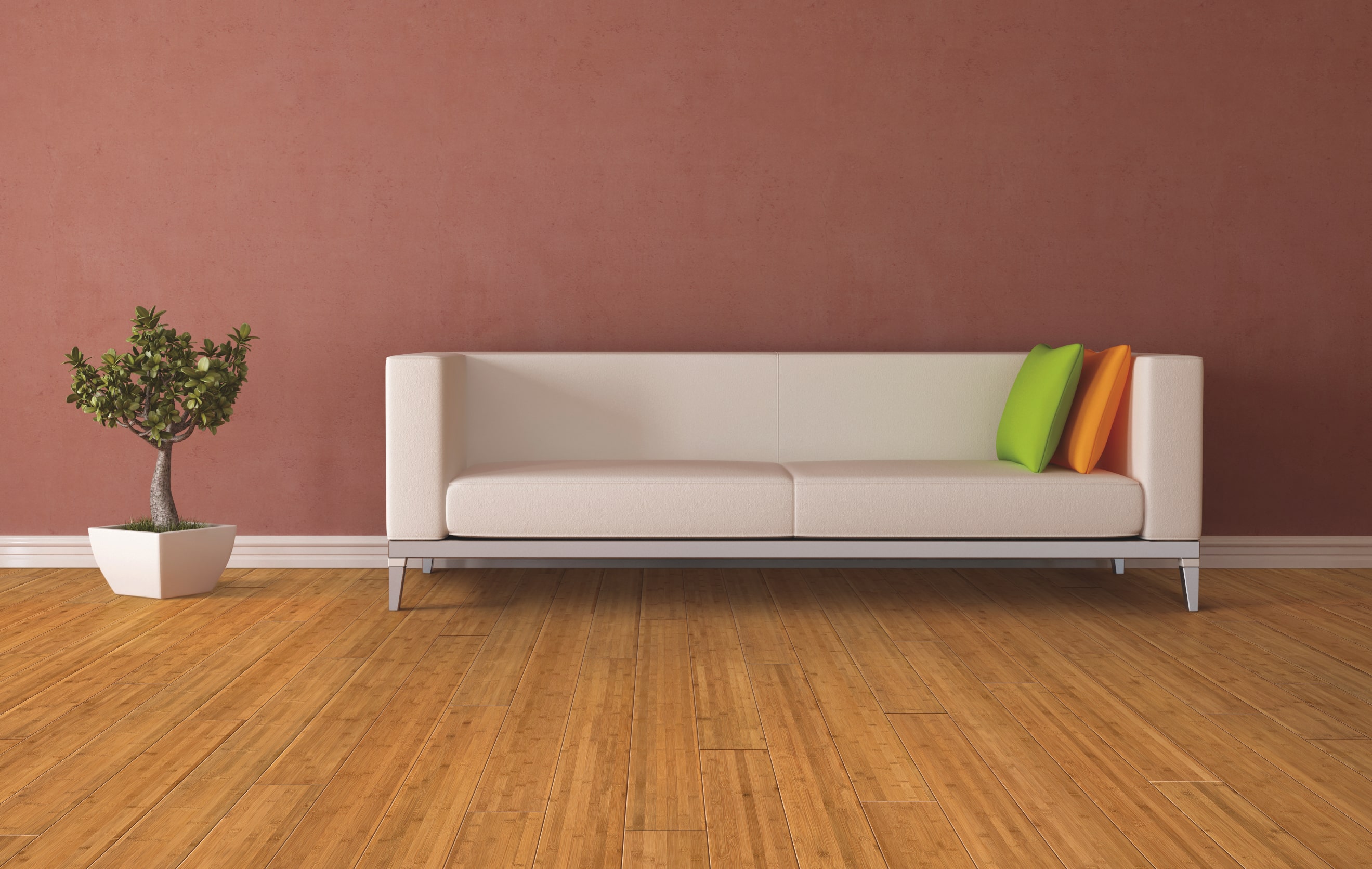
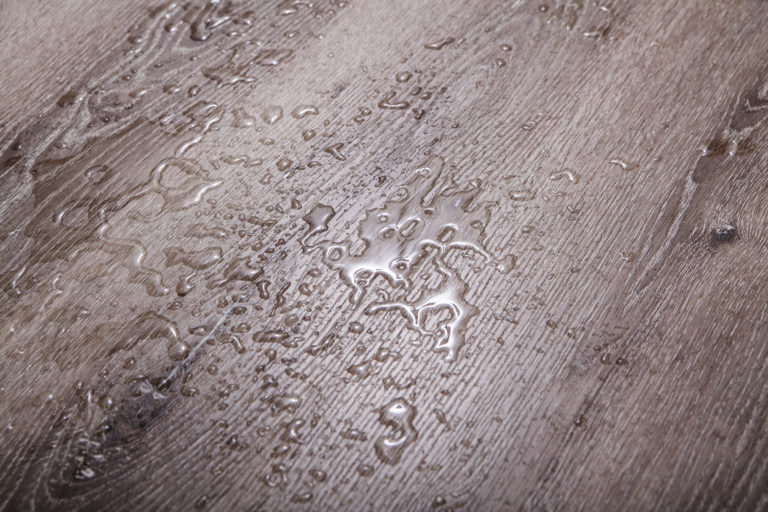

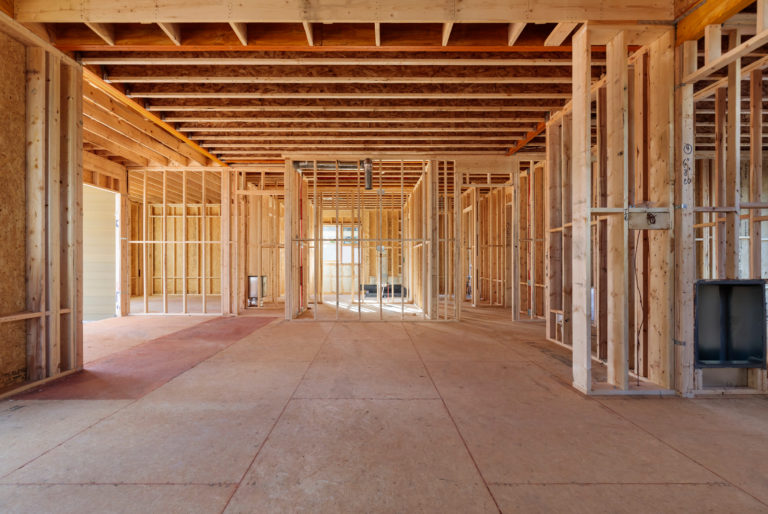

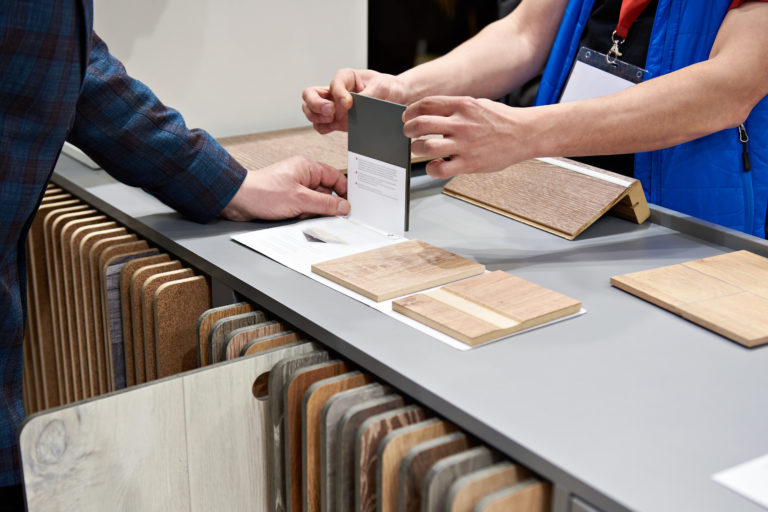

1 comment
Cindy
Thank You so much for your GREAT teaching details for choosing flooring!!